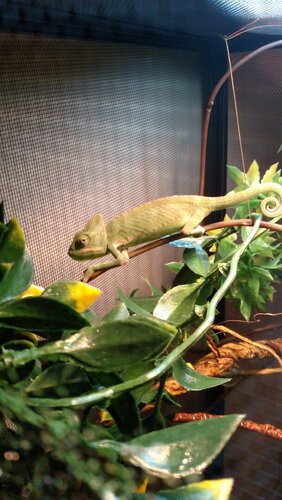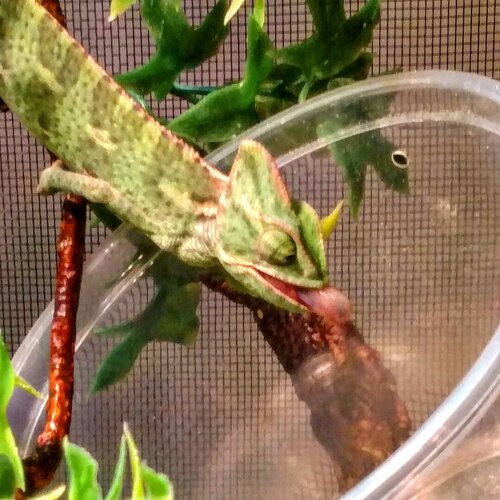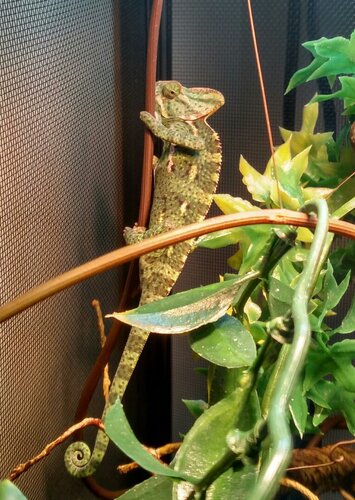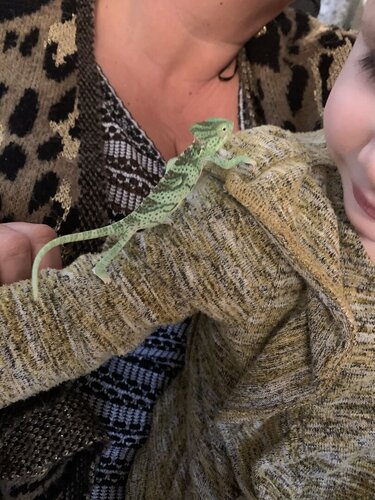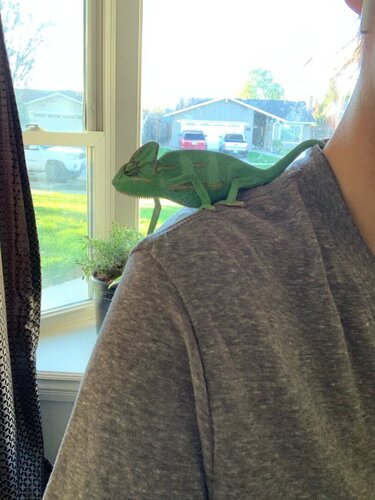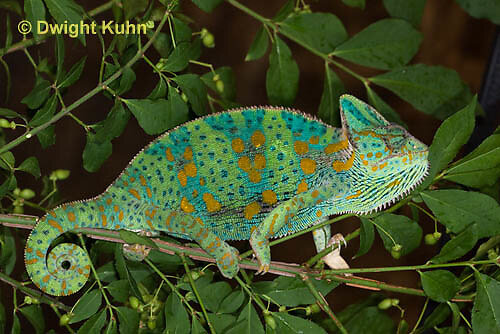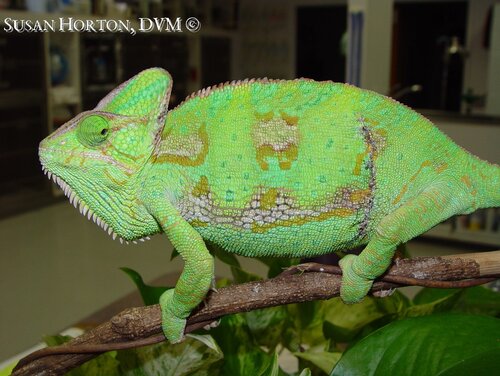JoXie411
Chameleon Enthusiast
we don’t need to wait that long. If anything once the patter develops more it would be easier. @GoodKarma19 you just got a female what do you think?Id say if we can't figure it out, put a laybin in there just incase its female and see what happens. :/
,







